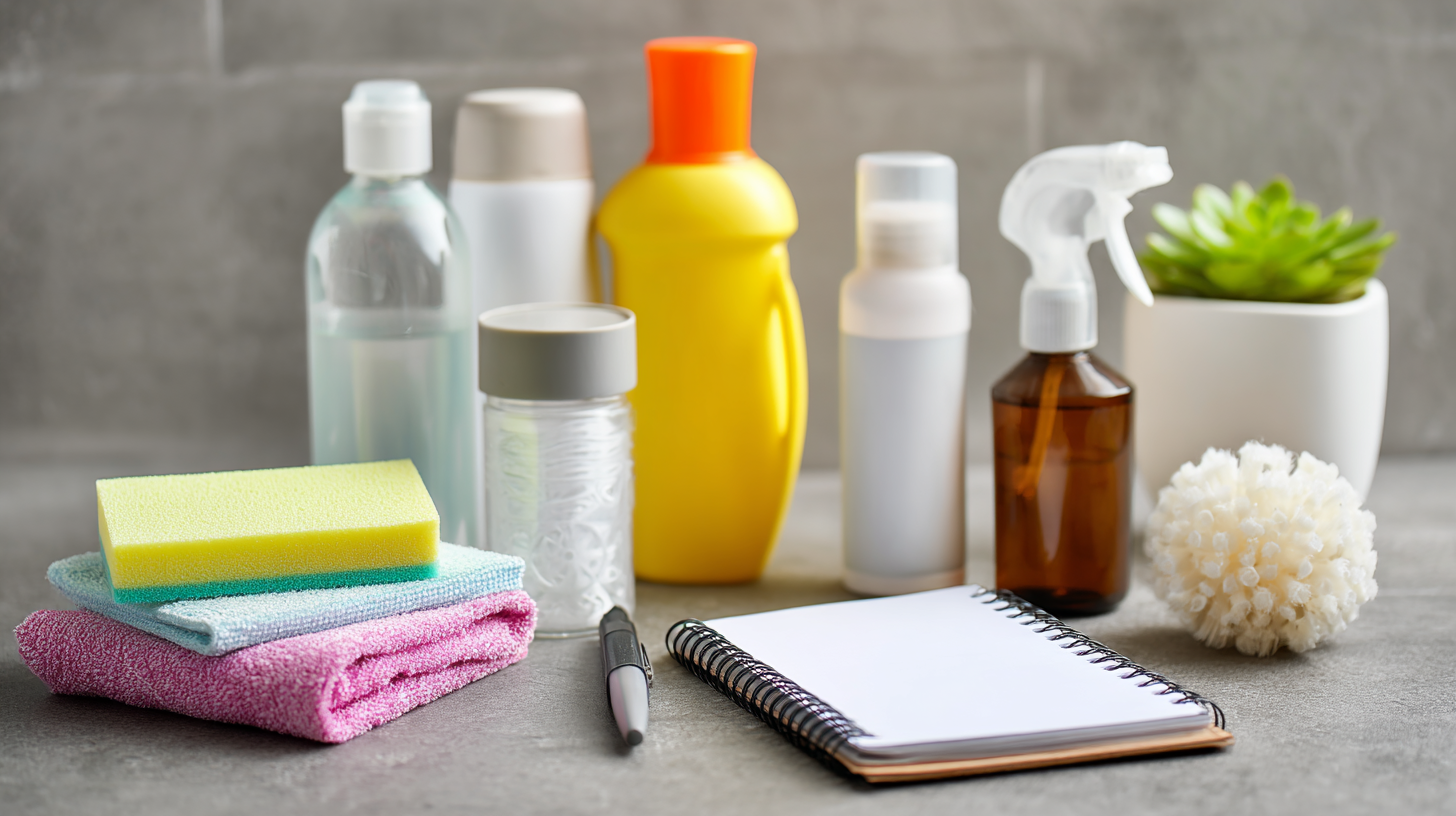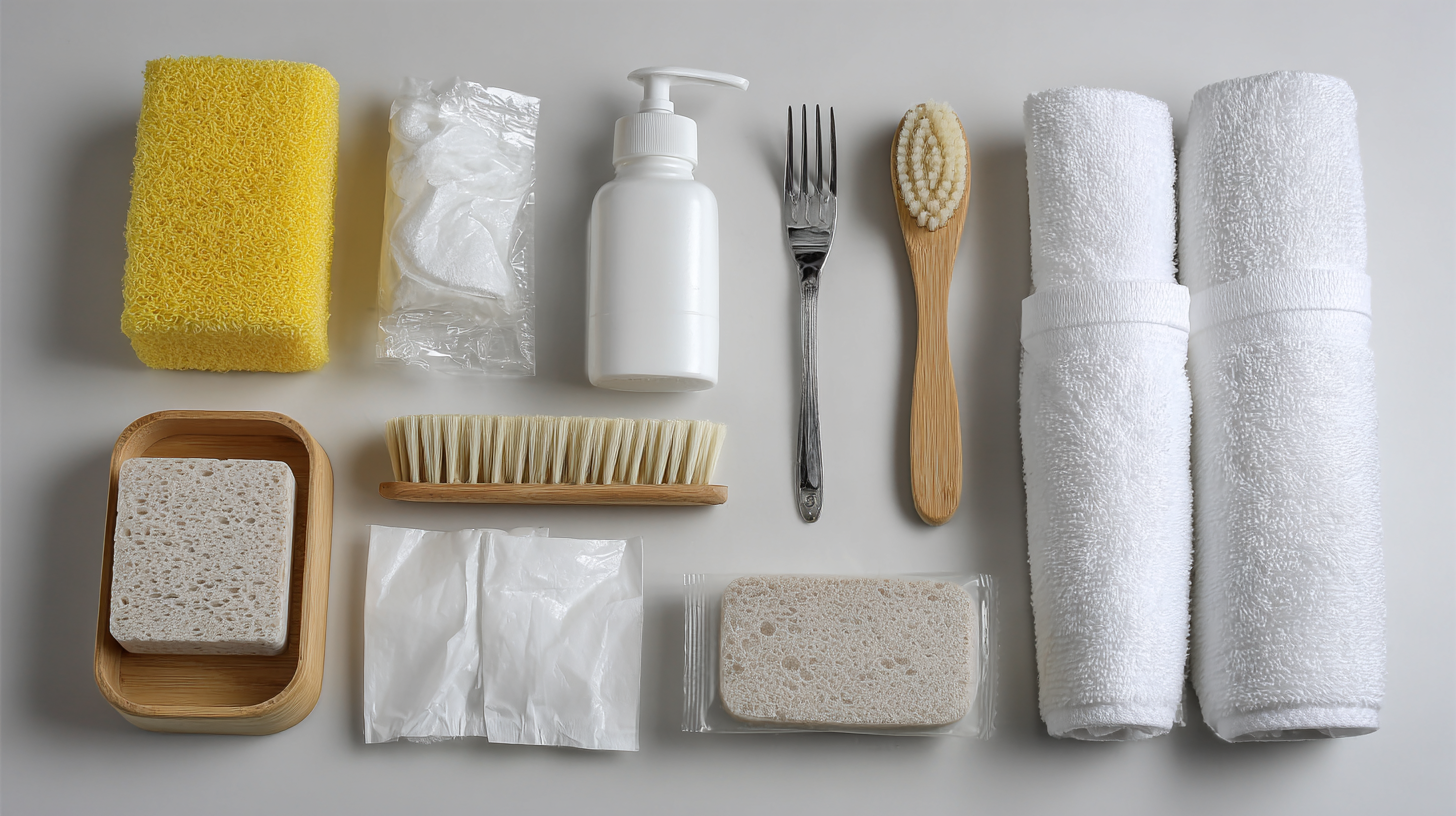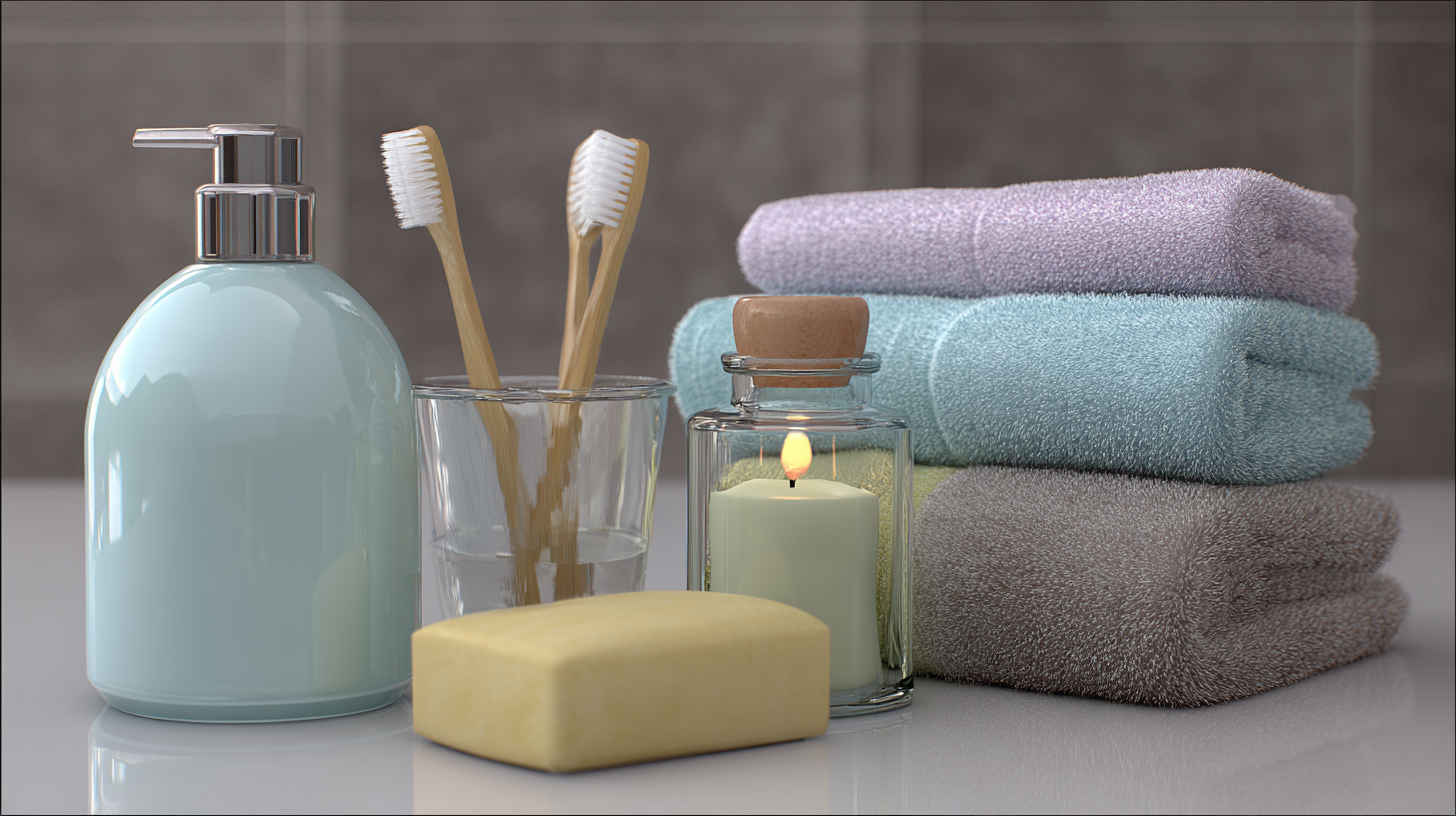
How to Create an Effective Hygiene Materials List for Your Business
Creating an effective Hygiene Materials List is essential for any business that prioritizes cleanliness and safety. This comprehensive list not only ensures that all necessary hygiene supplies are readily available, but it also plays a critical role in maintaining a healthy environment for both employees and customers. A well-structured Hygiene Materials List helps in identifying essential products, understanding proper usage, and managing inventory efficiently. Furthermore, it serves as a guideline for compliance with health regulations and contributes to building trust with clients by demonstrating a commitment to hygiene standards. In this article, we will explore the fundamental components of an effective Hygiene Materials List, including best practices for compiling and maintaining it, ensuring that your business operates smoothly and responsibly in today’s health-conscious climate.

Understanding the Importance of Hygiene Materials in Business Operations
In today's business landscape, the importance of hygiene materials cannot be overstated. Whether you're operating a restaurant, a healthcare facility, or a retail store, maintaining proper hygiene is vital to safeguard both employees and customers. Hygiene materials, such as sanitizers, masks, gloves, and cleaning supplies, play a crucial role in preventing the spread of infections and maintaining a safe environment. Implementing rigorous hygiene measures not only helps in compliance with health regulations but also enhances customer trust and satisfaction, which can significantly impact your bottom line.
Tips for selecting the right hygiene materials include assessing the specific needs of your business and the level of interaction with clients and staff. For example, high-traffic areas may require more frequent cleaning and the availability of hand sanitizers, while food-handling operations must adhere to stricter guidelines for cleanliness. Additionally, always prioritize quality over cost when it comes to hygiene products; a small investment in effective materials can lead to significant savings by avoiding health-related incidents and regulatory fines.
Training your staff on the correct use of hygiene materials is essential. Make sure they understand the importance of regular handwashing and the proper use of protective equipment. Regular training sessions will keep hygiene practices top of mind and ensure that your team is prepared to maintain a clean and safe working environment for everyone involved.

Identifying Essential Hygiene Products for Your Industry
Creating an effective hygiene materials list begins with understanding the specific needs of your industry. Different sectors, such as food service, healthcare, or manufacturing, have unique hygiene requirements to ensure safety and compliance. For instance, a restaurant must prioritize food-safe sanitizers, disposable gloves, and surface disinfectants, while a healthcare facility requires medical-grade antiseptics and personal protective equipment to mitigate infection risks.
To identify essential hygiene products, conduct a thorough risk assessment of your operations. Evaluate the areas where hygiene is critical and the potential hazards that could arise from neglecting hygiene practices. Engage with employees and industry experts to gather insights on best practices and necessary supplies. Additionally, regularly review and update your hygiene materials list to keep pace with industry changes and advancements in hygiene standards, ensuring that your business remains compliant and maintains a safe environment for both employees and customers.

Establishing a Budget for Hygiene Material Procurement
Establishing a budget for hygiene material procurement is a crucial step for any business aiming to maintain a safe and compliant environment.
First, evaluating the specific hygiene needs of your organization is essential. This involves identifying the type and quantity of materials required, such as sanitizers, wipes, personal protective equipment, and bathroom supplies. Having a clear understanding of these needs enables businesses to allocate their resources effectively, ensuring that essential materials are not only available but also fit within the financial constraints.
Once the needs are identified, research and comparison shopping become vital. Gathering quotes from multiple suppliers can help in finding competitive prices, allowing businesses to stretch their hygiene budget further. Consider bulk purchasing options or long-term contracts to secure lower prices and consistent supply. Additionally, factoring in potential changes in demand—such as seasonal fluctuations or increases due to heightened health awareness—will aid in creating a more robust budget. Prioritizing the procurement process not only supports operational efficiency but also demonstrates a commitment to health and safety, which can enhance the overall image of the business.
Creating a Scheduling System for Regular Inventory Checks
Creating a robust scheduling system for regular inventory checks is crucial for businesses that rely on hygiene materials. According to a report by the Global Hygiene Products Market, the hygiene products industry is projected to grow significantly, with a compound annual growth rate (CAGR) of 6.7% from 2020 to 2027. To keep pace with this growth and ensure compliance with safety standards, a systematic approach to inventory management is essential.
Developing a schedule for inventory checks not only helps in maintaining adequate stock levels but also minimizes the risk of running out of essential hygiene supplies. A study by the National Institute of Health indicates that businesses that conduct regular audits of their inventory improve their material availability by up to 30%. Implementing a bi-weekly or monthly audit schedule can assist businesses in identifying trends in usage, potential overstocking, or shortages. This proactive strategy allows managers to reallocate resources efficiently and maintain continuity in operations, ultimately contributing to a higher standard of hygiene and safety within the workplace.
How to Create an Effective Hygiene Materials List for Your Business - Creating a Scheduling System for Regular Inventory Checks
| Item | Category | Quantity on Hand | Reorder Level | Last Checked Date | Next Check Date |
|---|---|---|---|---|---|
| Hand Sanitizer | Sanitizing | 50 | 20 | 2023-10-01 | 2023-10-15 |
| Disposable Gloves | Personal Protection | 200 | 100 | 2023-10-01 | 2023-10-15 |
| Disinfectant Wipes | Cleaning | 30 | 10 | 2023-10-01 | 2023-10-15 |
| Facial Masks | Personal Protection | 100 | 50 | 2023-10-01 | 2023-10-15 |
| Hand Soap | Sanitizing | 25 | 10 | 2023-10-01 | 2023-10-15 |
Training Employees on Proper Usage and Storage of Hygiene Materials
Training employees on the proper usage and storage of hygiene materials is crucial for maintaining a clean and safe business environment. To ensure everyone is on the same page, provide comprehensive training sessions that cover the types of hygiene materials used in your establishment and their specific purposes. Include hands-on demonstrations to illustrate the correct techniques for application and the importance of hygiene standards.
Tips for effective training include:
1. **Create Visual Aids**: Utilize posters or infographics that detail the proper usage and storage procedures of hygiene materials. Place these visuals in relevant areas like bathrooms or kitchens to serve as constant reminders.
2. **Implement Regular Refresher Courses**: Hygiene practices can evolve, and keeping employees updated is key. Schedule regular refresher courses to revisit the best practices and discuss any new products or protocols.
3. **Encourage Open Communication**: Foster an environment where employees feel comfortable asking questions or reporting issues related to hygiene practices. This can help identify areas that may need additional training or support.
By focusing on these training aspects, you can empower your employees to maintain high hygiene standards, ultimately benefiting both your business and its customers.
Hygiene Materials Usage and Storage Training Effectiveness
Related Posts
-

The Future of Eco Friendly Menstrual Health Solutions
-

Your Ultimate Guide to Everyday Sanitary Pads Fiber: Understanding Health Benefits and Eco-Friendly Choices
-

How to Choose the Best Recycled Sanitary Pads Fiber for Eco-Friendly Menstrual Care
-

Exploring the Future of Best Polypropylene Concrete Innovations and How to Leverage Them by 2025
-

Ultimate Comparison of Top Sanitary Pads for Heavy Bleeding with Expert Insights and Data
-

5 Smart Tips to Choose the Right Fiber Polypropylene for Your Needs



